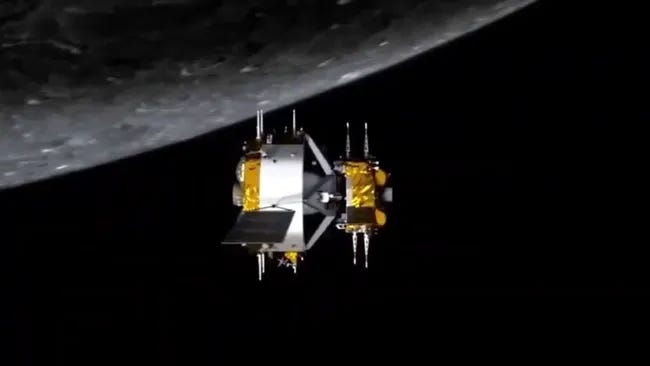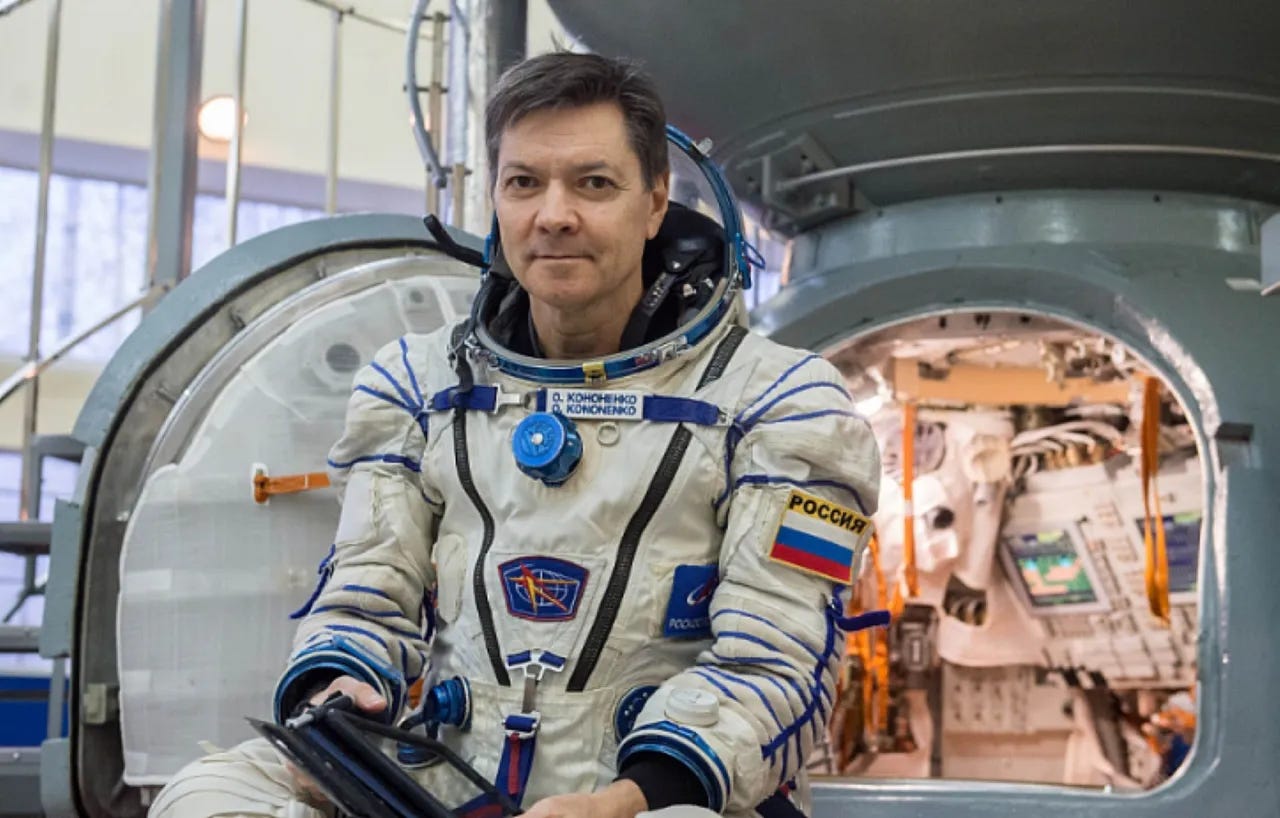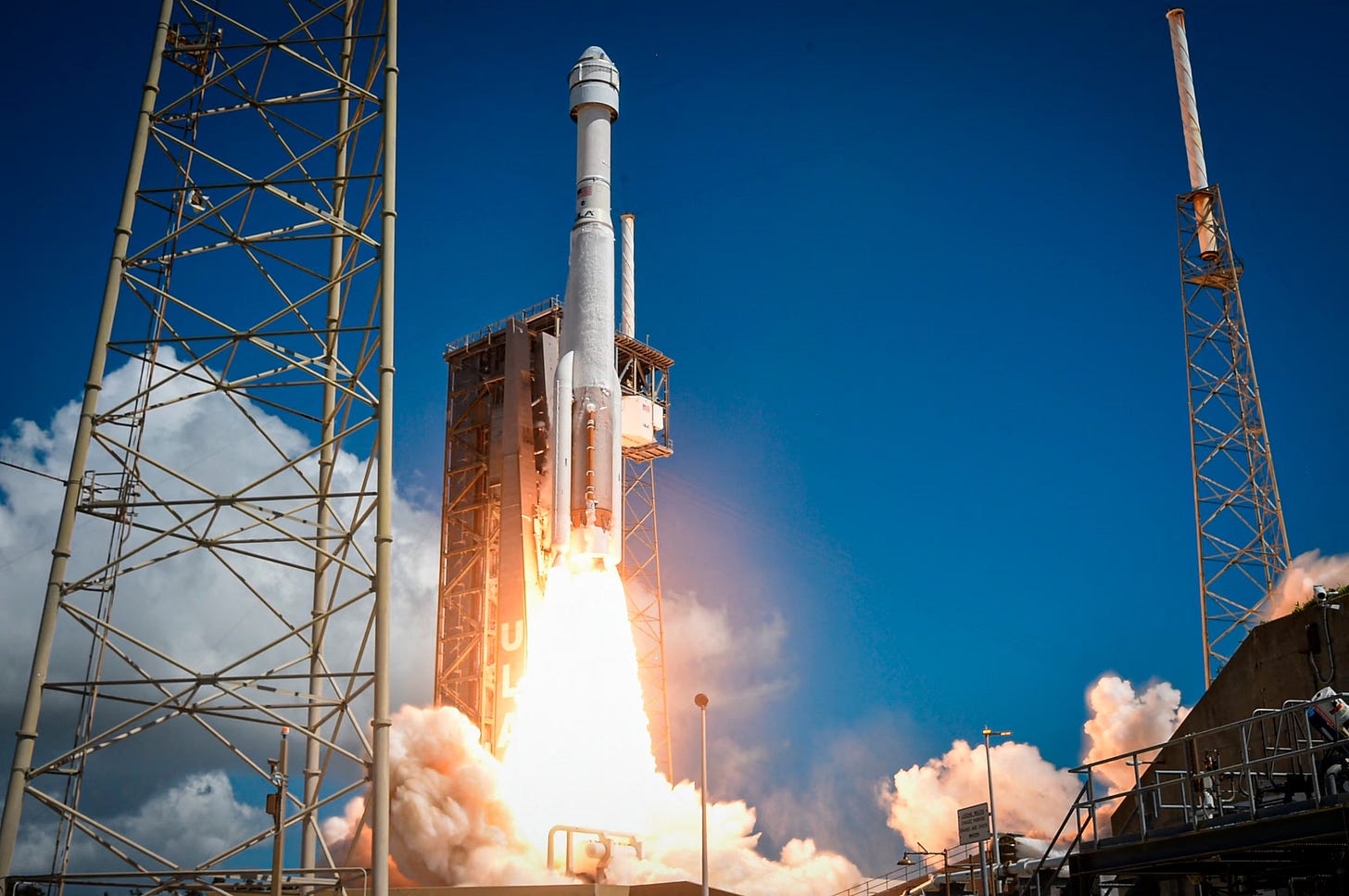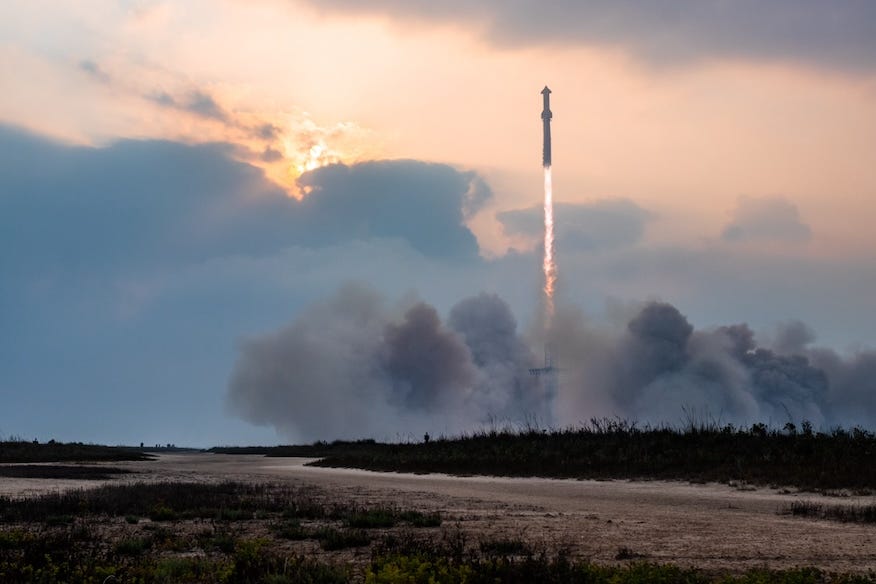Weekly - Kononenko becomes first human to spend 1,000 days in space and more
🟢 Weekly Space News - Quick and Easy.
Introducing Our New Engagement Palette!
We’re excited to share a new colour-coded system for SpaceBlaze:
🟤 Brown: For posts that are mundane and bland.
🟡 Yellow: For fairly interesting posts.
🟢 Green: For our most interesting posts.
This Palette will help you decide which post is worth your time!
*Applicable only for Weekly Space News
This week’s post ranks green 🟢 on the Engagement Palette.
Chang’e takes off from moon after collecting samples
Recently, China’s latest Chang’e-6 moon mission successfully completed collecting soil samples from the far side of the moon and took off from the moon’s surface. The spacecraft is now returning to the Earth. This is a major milestone as these samples are the first ones to be taken from the moon’s far side (the side not facing the Earth).
Kononenko becomes first human to spend 1,000 days in space
Last week, Russian cosmonaut Oleg Kononenko became the first human to spend 1,000 days in space onboard the International Space Station. The cosmonaut has made 5 journeys to the ISS in his career and has spent more days in total in space than any other human ever. He had previously broken the record of 878 days held by Gennady Padalka.
Boeing launches its first crewed mission
Last week, the multi-billion dollar aerospace firm Boeing successfully launched its first crewed mission onboard its Starliner spacecraft. The main goal of the mission was successful: getting 2 NASA astronauts: Sunita Williams and Barry Wilmore safely to the ISS for an 8-day stay. The launch was finally conducted after multiple delays by Boeing.
Starship test successful on 4th attempt
Last week, SpaceX conducted another flight test for its under-development Starship rocket. The whole flight was successful and mostly everything went according to plan. The rocket lifted off from southern Texas in the United States. 3 minutes into the flight, the rocket’s first stage called ‘superheavy’, separated and made a successful soft landing. The upper stage ‘starship’ was sent on its way towards space. It then made a journey around the globe to the Indian Ocean where it successfully re-entered the atmosphere (A phase that the previous test had not survived) and splashed down successfully in the water. SpaceX achieved the reusability that they were aiming for.





